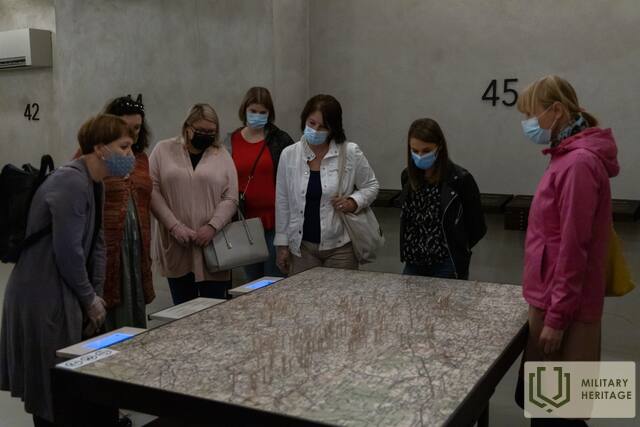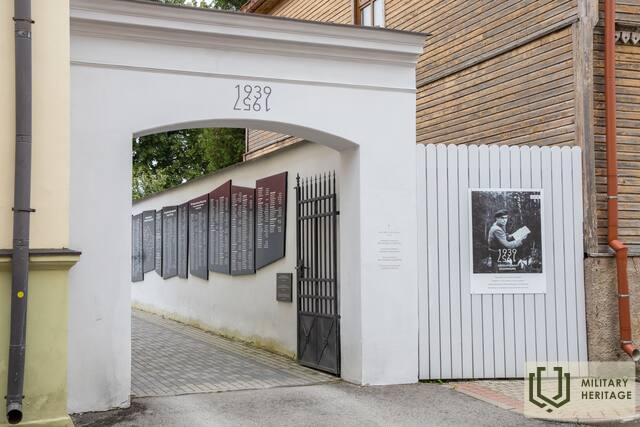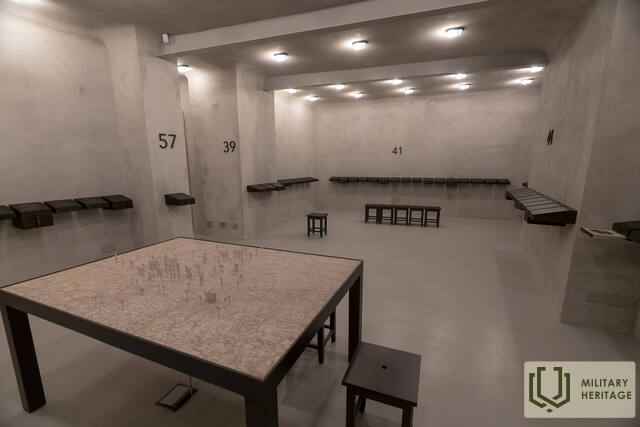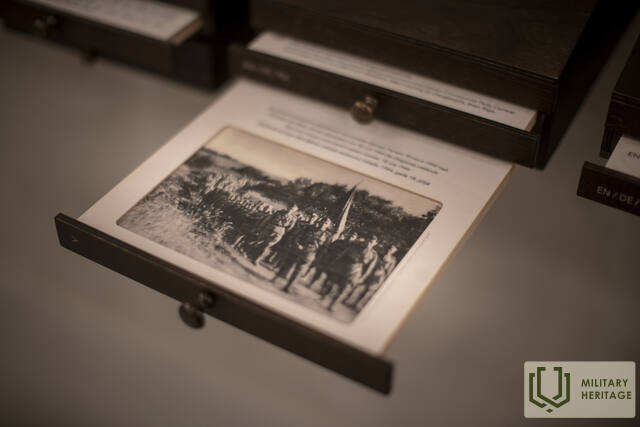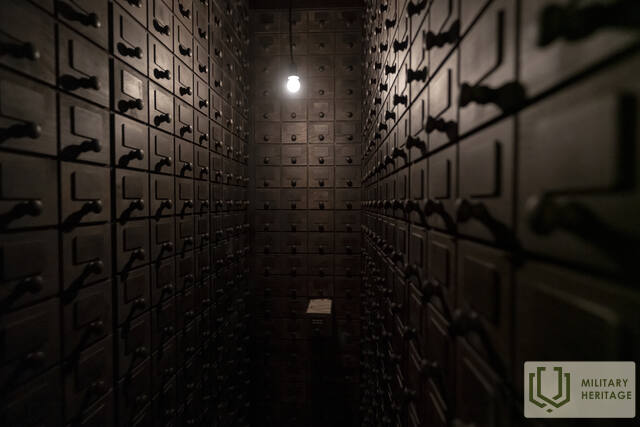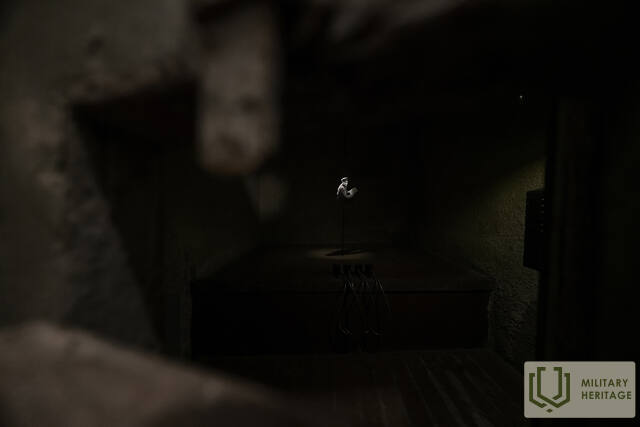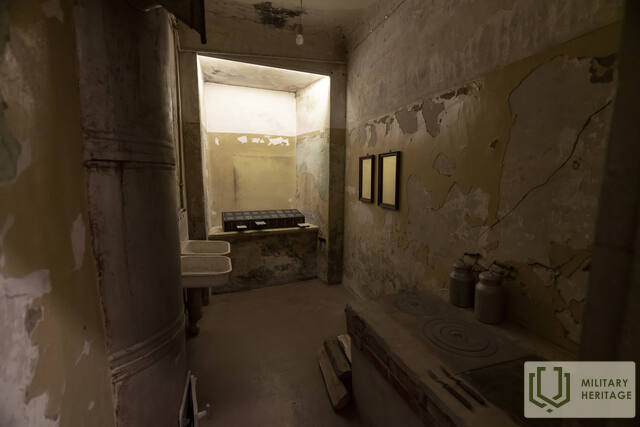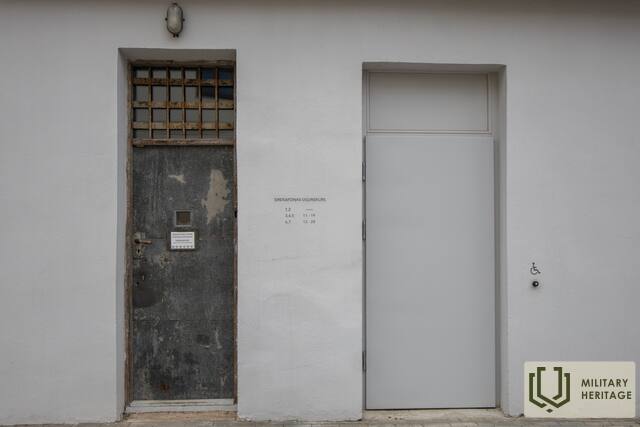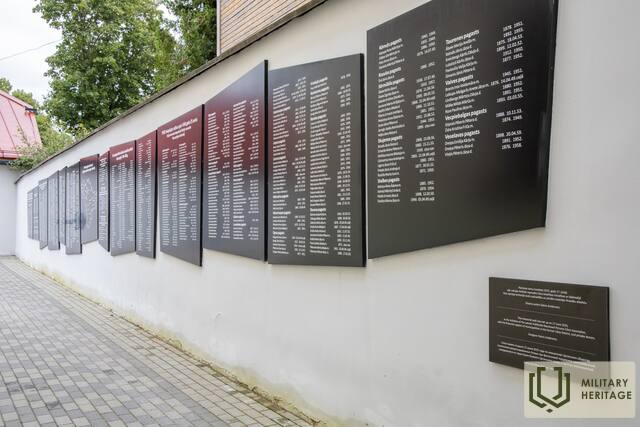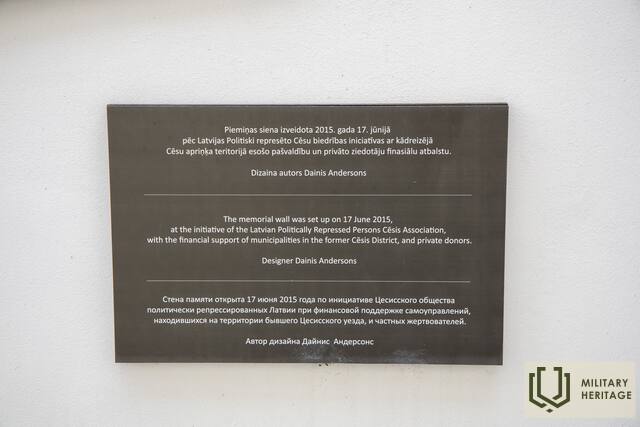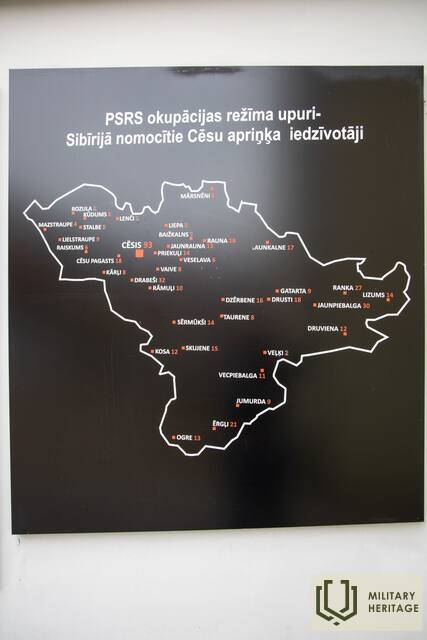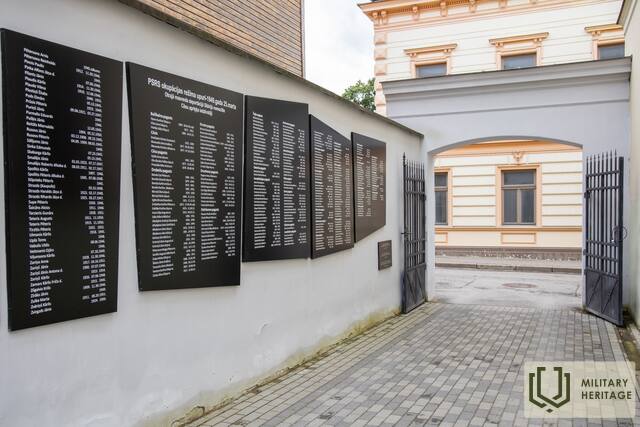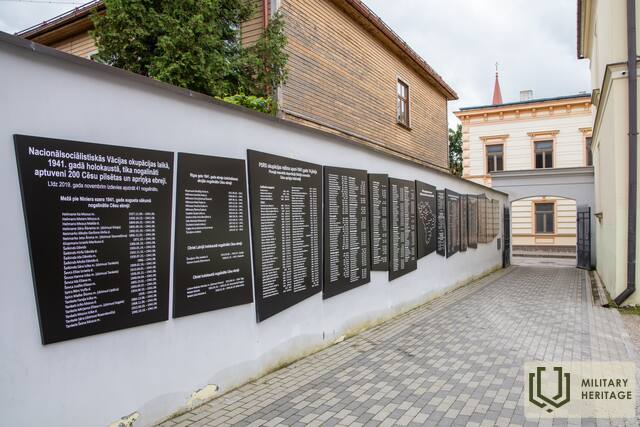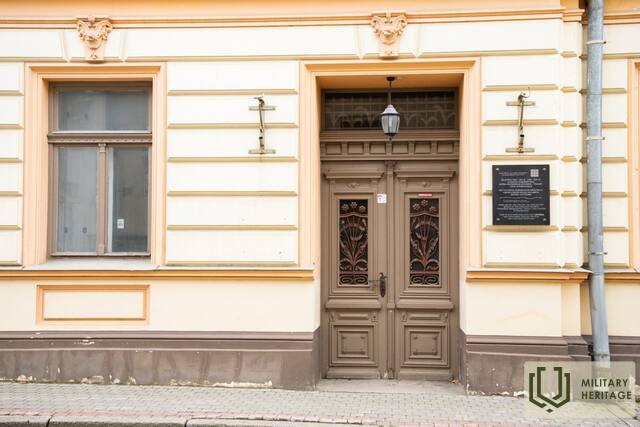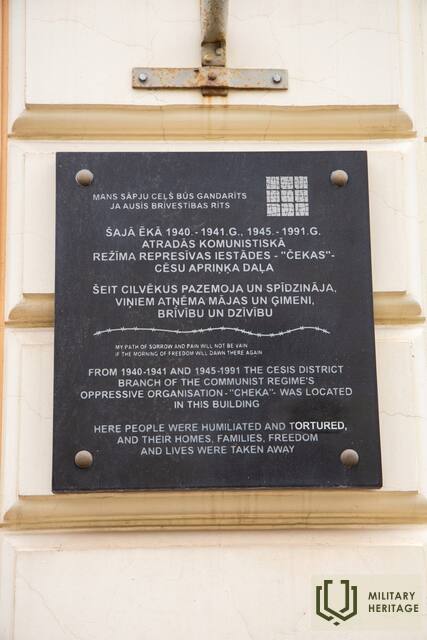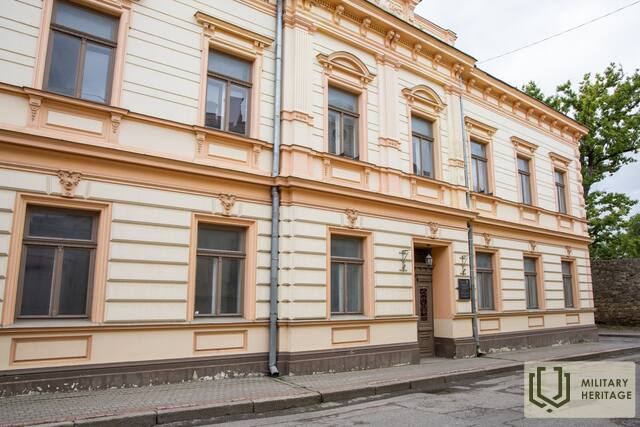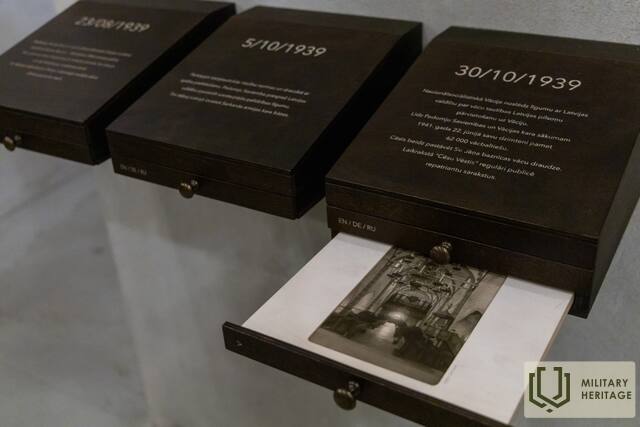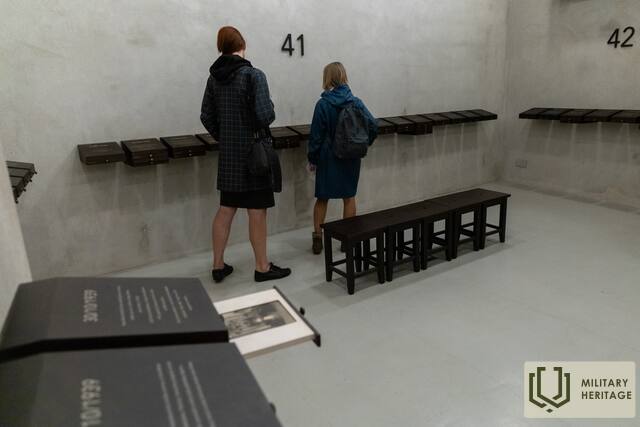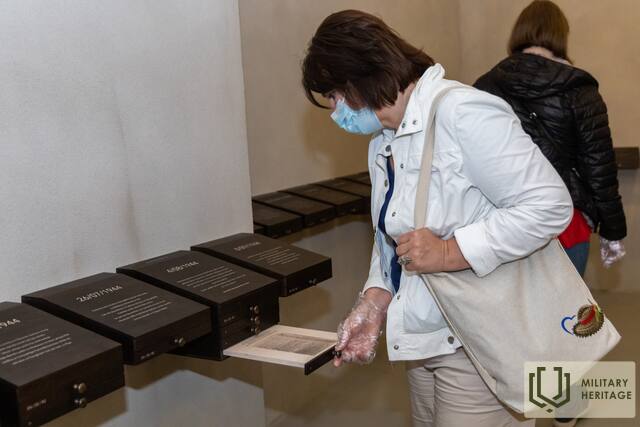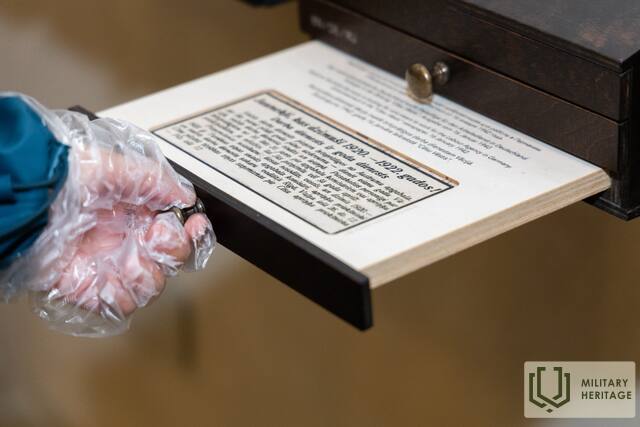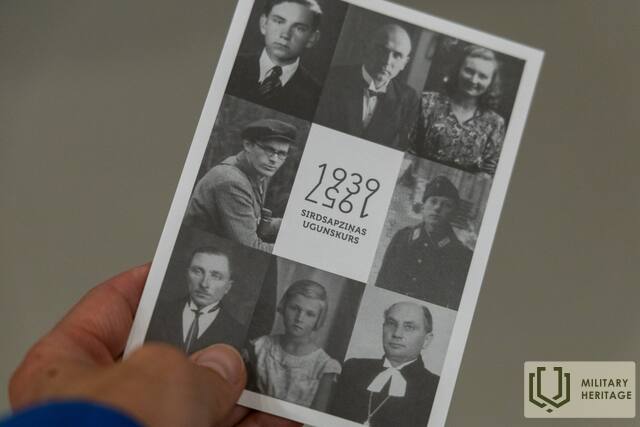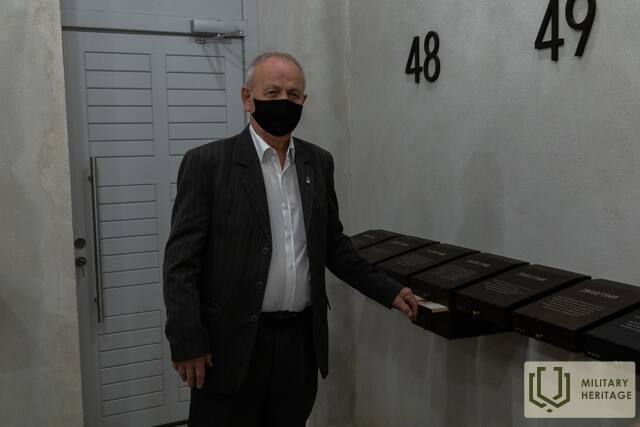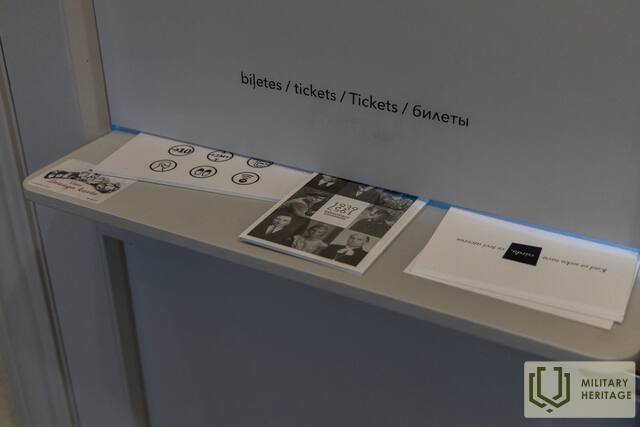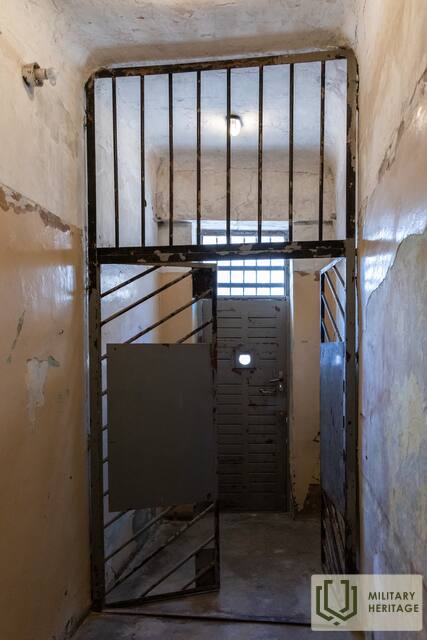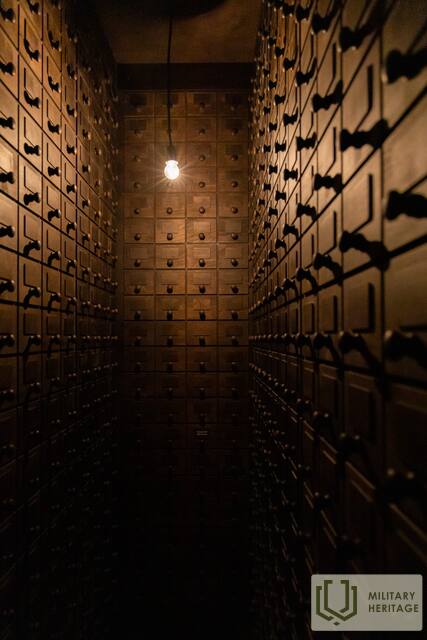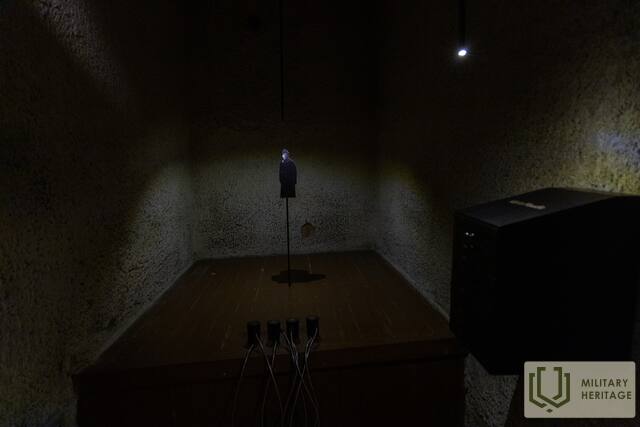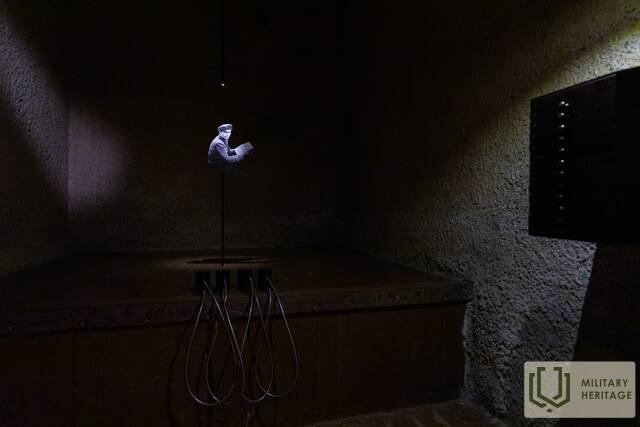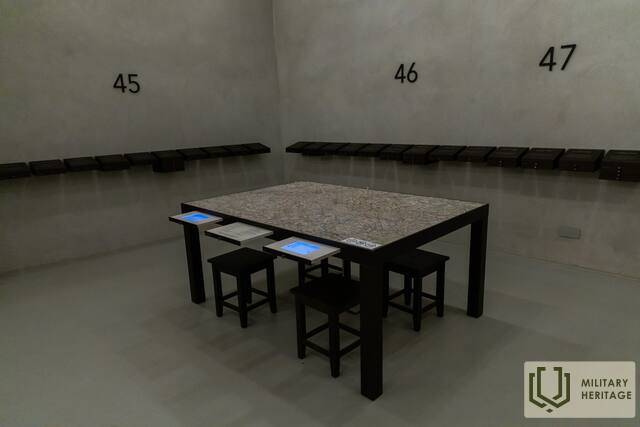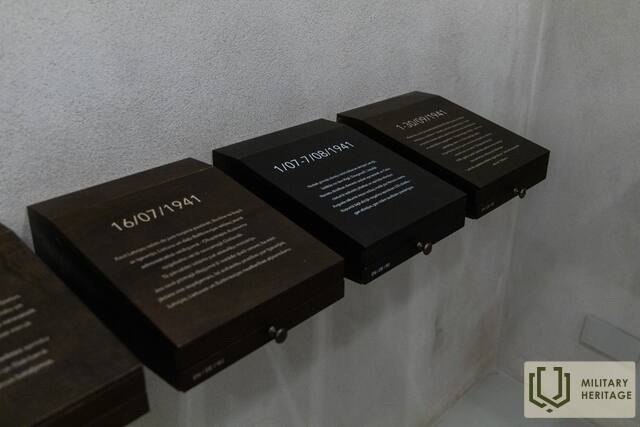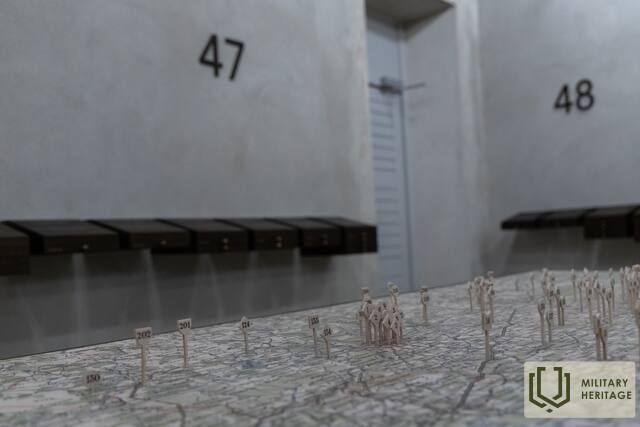Istorinė ekspozicija „Deganti sąžinė“ Muziejus

Istorinė ekspozicija „Sąžinės ugnis“ yra Cėsyje, netoli Cėsių pilies aikštės. Įkurta sovietmečio laikinojo sulaikymo įstaigoje, ji pasakoja apie Latvijos okupaciją ir atskleidžia stebinančias bei didvyriškas asmenų pasipriešinimo istorijas. Kieme yra memorialinė siena su 643 buvusio Cėsių rajono gyventojų, žuvusių per sovietų represijas, vardais, įskaitant 1941 ir 1949 m. deportuotus nacionalinius partizanus bei sušaudytus ir mirties bausme nuteistus asmenis. Parodos laiko juosta skatina lankytojus susipažinti su Latvijos okupacijos eiga nuo 1939 iki 1957 m. Pagal temas išdėstytos citatos iš vietinių laikraščių siūlo palyginti dviejų okupacinių režimų politinę propagandą. Šešios laikinojo sulaikymo kameros išliko iki šių dienų originalia forma nuo 1940 iki 1941 m. ir pokario metais. Čia Cėsių rajono gyventojai, sulaikyti už įvairią antisovietinę veiklą, įskaitant nacionalinius partizanus, jų rėmėjus, antisovietinius lankstinukus platinusį jaunimą ir kitus „tėvynės išdavikus“, pirminio tyrimo ir tardymo metu buvo laikomi kelias dienas, o vėliau išsiųsti į pagrindinį KGB pastatą Rygoje. Viskas čia tikra: kameros su geležinėmis durimis, įmontuotos „kormuškos“ (mažos angos maistui), medinės lovos, tualetas sulaikytiesiems, maža virtuvėlė su orkaite, taip pat tipiški sovietmečio aliejiniai dažai ant sienų. 2019 m. paroda užėmė trečiąją vietą nacionaliniame dizaino konkurse – Latvijos metų dizaino apdovanojime.
Panaudoti šaltiniai ir literatūra:
https://sirdsapzinasugunskurs.lv
https://pelecalasitava.lv/cesu-stura-maja




